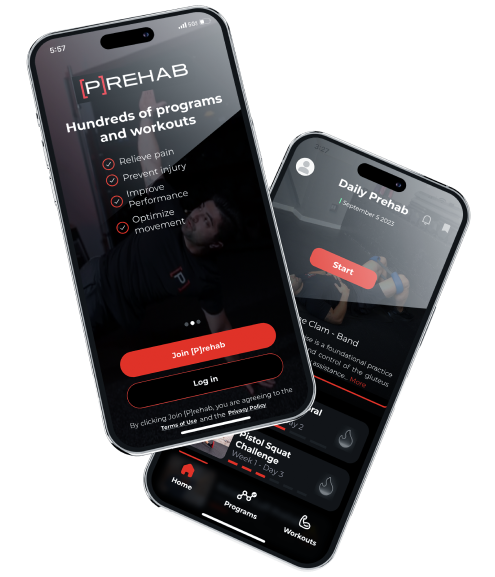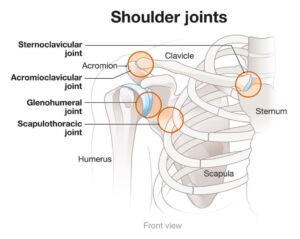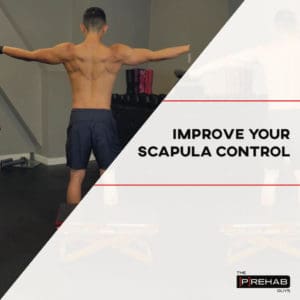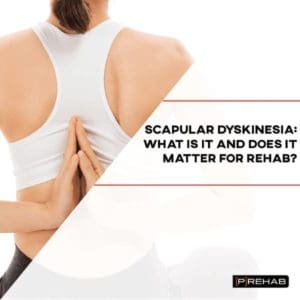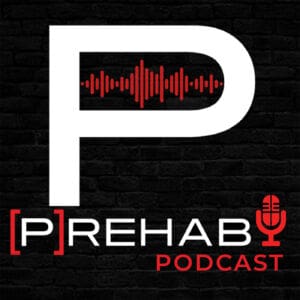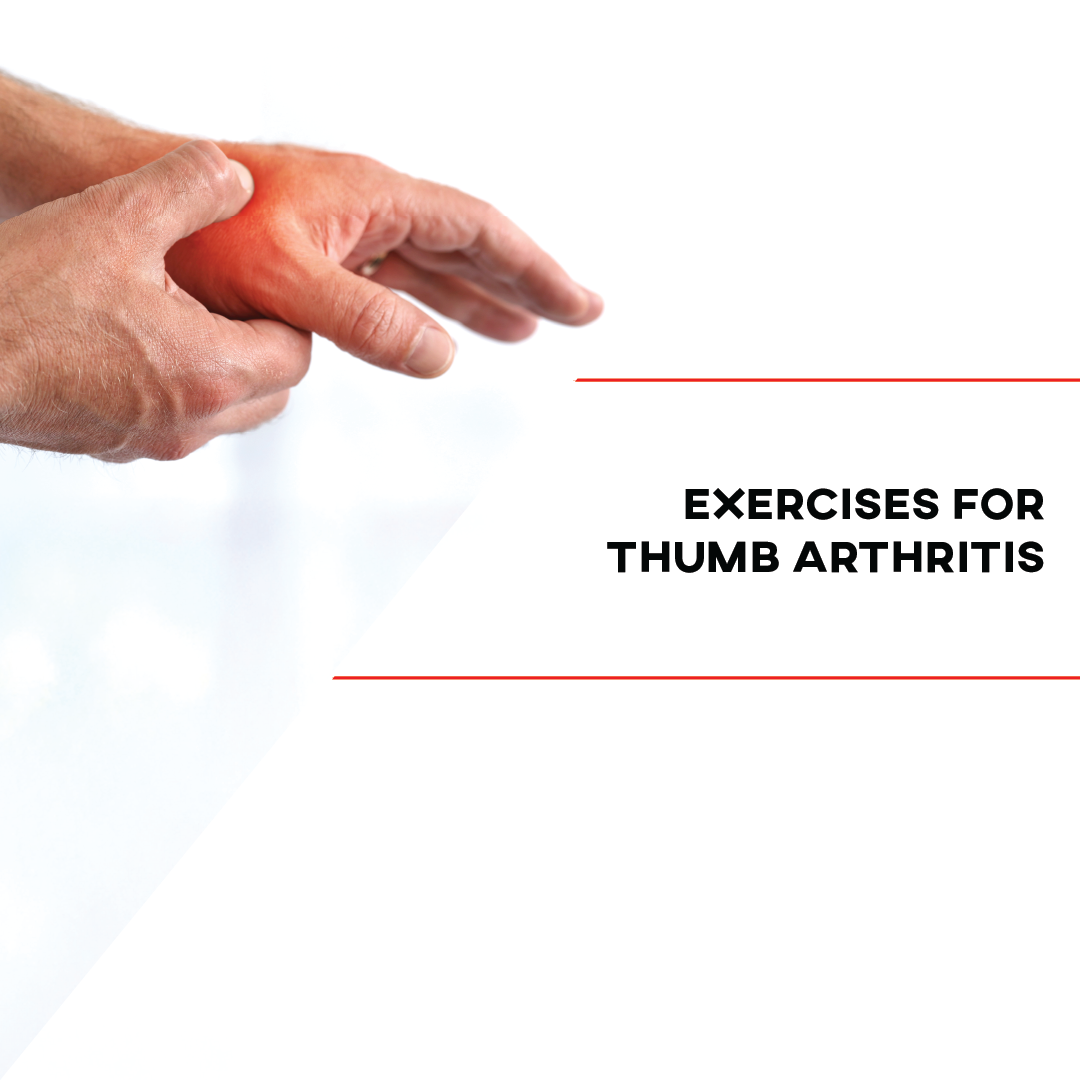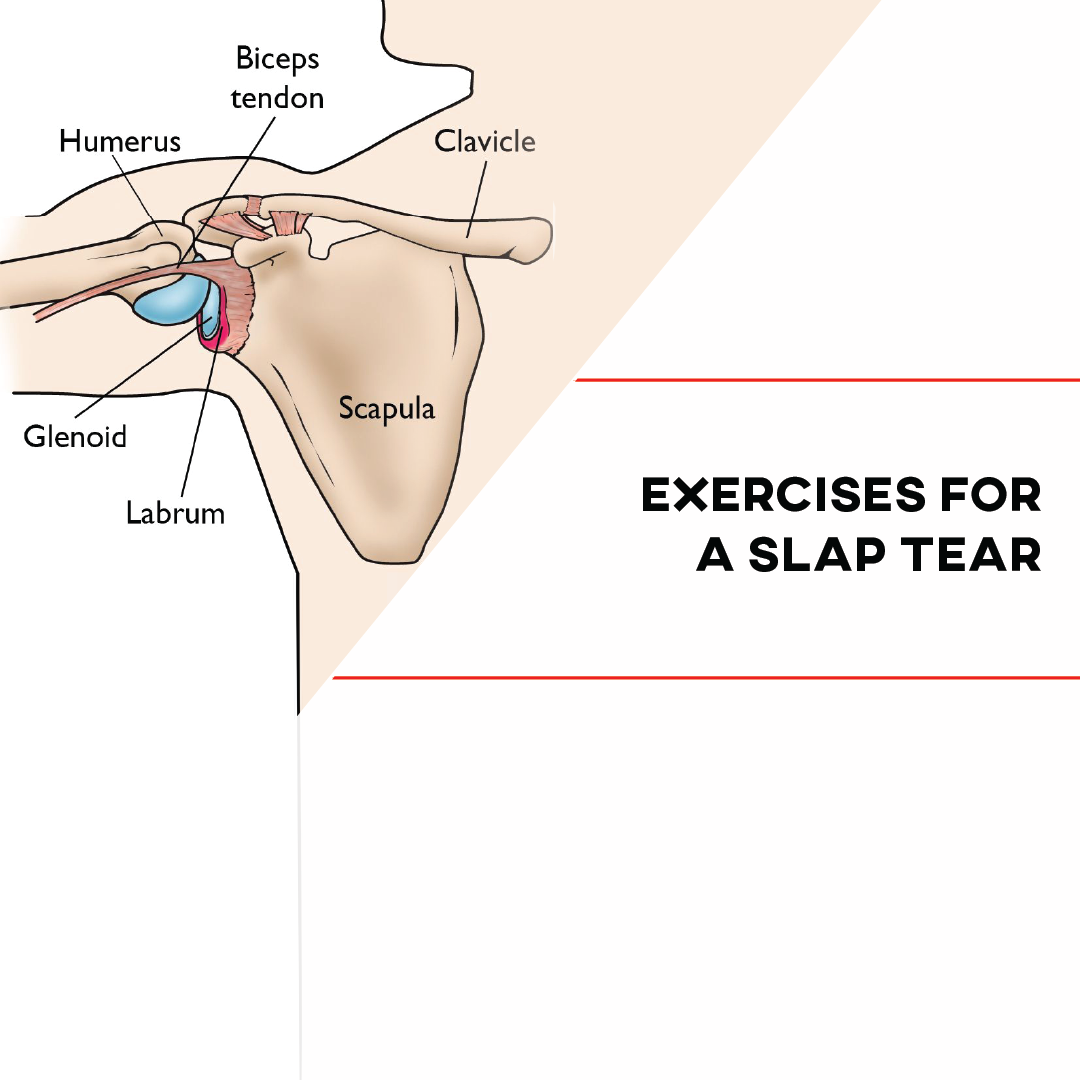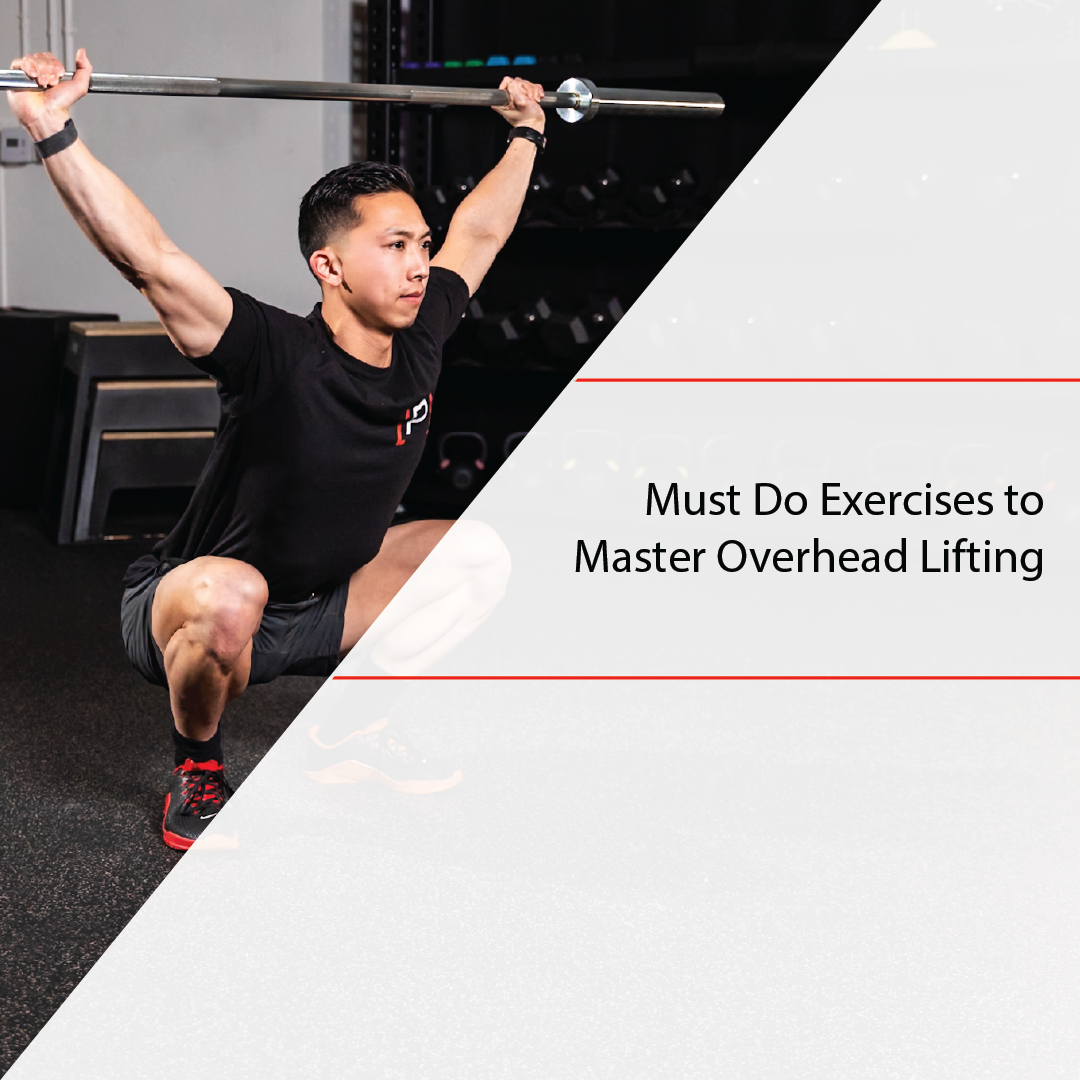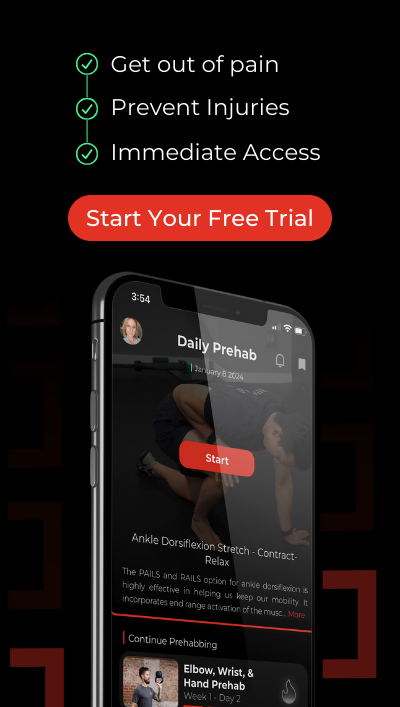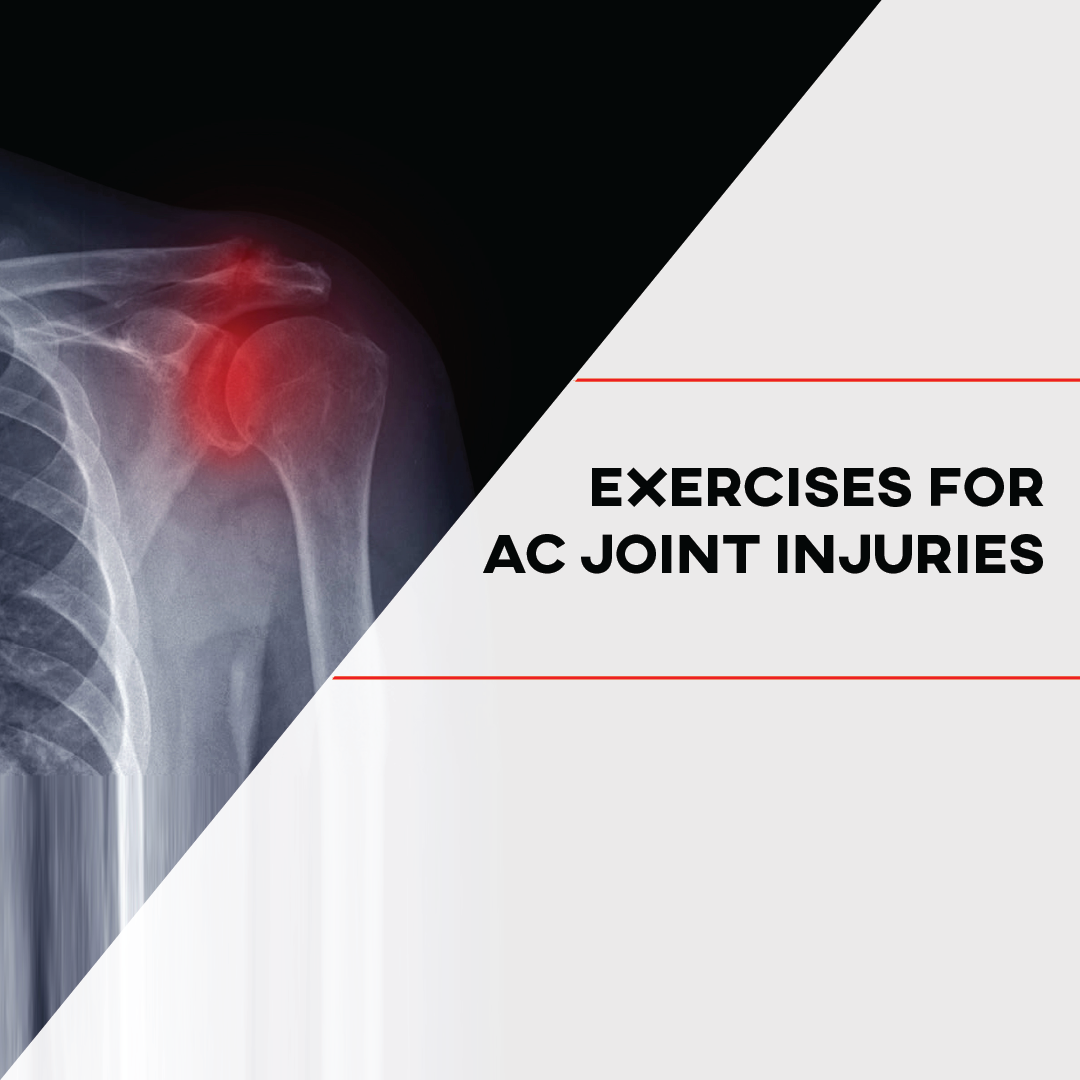
If you struggle to lift your arms overhead or have pain when trying to do so, adding in the following exercises for AC joint injuries could be the key to unlocking improved function and helping you to reclaim your previously active lifestyle.
Painful overhead motion is often caused by a very small, often overlooked joint structure within your shoulder, known as the acromioclavicular, or AC joint. You might be asking yourself, “how is it that this tiny structure, few of us even know about, can cause so many different issues with simple everyday activities?”. The remainder of this article will seek to provide some insight into this question and more. We will dive into the anatomy of the joint, common ways it is injured, and most importantly, exercises for AC joint injuries to get you feeling and moving better in those tricky overhead positions.
What is the AC Joint?
There are several different structures that are responsible for helping you move your shoulder effectively. These structures include: muscles, ligaments, tendons, and joints. Today, we’re going to focus exclusively on the joints, or the areas where two bones meet to help encourage smooth, but stable motion. When it comes to the shoulder, there are four main joints that are present and aid in the movement of your upper extremities. They are as follows:
- The sternoclavicular joint (SC joint): connects your collarbone (clavicle) to the front of your chest (sternum) and allows smooth movement of your shoulder
- The scapulothoracic joint (ST joint): allows for seamless collaboration between your shoulder blade and your upper back
- The glenohumeral joint (GH joint): connects your upper arm to your shoulder
- The acromioclavicular joint (AC joint): connects your collarbone to your shoulder and allows additional range of motion when your arm is overhead (4)
To bring this back to familiar terms, let’s think about the collarbone, the bone that sits in front of your shoulder and comes across your chest, connecting in front of your neck.
On both ends of your collarbone rest the SC joint (closer to your chest) and then the AC joint (closer to your shoulder). Anatomically, the AC joint does not look particularly significant at first glance. It is essentially a small nub on the end of the collarbone.
However, there are multiple muscles, nerves, and ligaments that are connected in this area and have a large impact on the overall function of the shoulder. If any of those structures are impacted, you may begin to experience discomfort and limitation throughout your shoulder.
How Is The AC Joint Injured?
The most common way that the AC joint is injured is through trauma from either a fall or contact to the outside of the shoulder when the arm is tucked next to the side in an adducted position (4).
These mechanisms of injury can stretch or tear the ligaments that support the AC joint, or even lead to AC joint separation in severe cases.
It’s important to note that AC joint injuries occur on a spectrum and not all injuries to the AC joint are created equal. Depending on the level of trauma, injury can vary from mild to moderate stretching of the joint capsule all the way to a complete tear and bony deformity.
On the clinical side, there is a grading system from 1-6 to help determine the complexity of the injury, what structures are involved, and whether or not surgical intervention or conservative treatment is the best option.
This grading system can be complicated, so I want to simplify things to help you get a better understanding of the different severity levels in case you hear them being used online or by your medical providers.
Here are the grades:
- Grade 1-2: partial separated shoulder with mild injury to AC joint, AC joint ligaments, and unlikely to demonstrate instability
- Grade 3-4: moderate AC joint injury, CC (Coracoclavicular) joint ligaments, potential instability
- Grade 5-6: complete AC joint injury with multiple ligament tears, instability, and displacement
In most cases, individuals are able to make a full recovery without surgical interventions if they experience an injury that is a grade 4 or less (2).
Outside of traumatic injuries, there is also the potential for AC Joint injuries to occur as a result of repetitive overhead motion. This is most common in individuals who have jobs requiring them to perform tasks with their arms outstretched above them for prolonged periods of time.
LEARN MORE ABOUT OUR SHOULDER REHAB PROGRAM
Sounding like you may have an AC joint injury? Don’t wait to get started on rehab! Our 8-week Shoulder Rehab program is designed to get you moving, decrease your pain levels, and help you start feeling strong! Take advantage of our free 7-day trial today!
If some of these symptoms resonate with you, but you’re still not sure if they might be related to your AC joint, there are a few different tests you can try at home that will give you some additional information.
Resisted AC Joint Extension Test: Sit down and lift the arm you want to test to shoulder level, bending it at a 90-degree angle with your hand pointing forward. Use your other hand to gently press down on the elbow of the arm being tested. Try to move your tested arm out to the side against the pressure you’re applying. If you feel pain near the top of your shoulder, it indicates a positive test for AC joint issues. Check out the above YouTube video for an example of how to perform this test!
Scarf Test: Stand up straight and raise one arm to shoulder level, then cross it over your chest to touch the opposite shoulder. While doing this, apply gentle pressure with your free hand, and if you feel any pain or discomfort in your AC joint, it may indicate an issue that you should discuss with a doctor
AC Joint Rehab
Now that you have a better understanding of what the AC joint is, how injury occurs, and the effectiveness of conservative management in most cases, let’s get into the fun stuff – the rehab.
When it comes to rehab for the AC joint, there is a progression from working on general shoulder range of motion to introducing strengthening and stability through those new ranges. Over time, the rehab focus will gradually shift to building greater tolerance to overhead positions (1).
Regaining Range of Motion
One of the biggest limitations with AC joint injuries is decreased range of motion, most notably in the overhead position. It makes sense then, that the first portion of rehab is focused on regaining motion throughout the shoulder. Depending on the severity of the injury, a brief period of immobilization from 3-10 days may be utilized. However, early range of motion is crucial to making a full recovery in this population. Regaining motion in the AC joint is vital because it allows for proper function and flexibility in daily activities and sports, preventing long-term stiffness and discomfort. The ability to move the joint helps ensure a full recovery as rehab progresses and reduces the risk of developing chronic shoulder issues (3).
An extremely simple way to begin working on shoulder range of motion can be done with a broomstick. Don’t worry – I’m not going to make you do any cleaning today.
Once you have your broomstick in hand, try the following exercises to start improving your shoulder mobility:
As you can see, holding onto a broomstick, or any kind of dowel, can provide a lot of effective ways to get your shoulder moving and start to improve motion in all directions.
Improving Shoulder Strength and Mobility Within New Ranges
Once you begin to experience some motion improvements, it’s important to get the muscles surrounding your shoulders to start activating more efficiently. One of the biggest keys to successful AC joint rehab is periscapular muscle control and stability. Basically, this means that we need to make sure all the muscles surrounding the shoulder are strong and working together as they should to keep the shoulder in the appropriate positions as we move.
READ: IMPROVE SCAPULA CONTROL
There are several muscles in the proximity of the AC joint including the trapezius, deltoid, pectoralis major, supraspinatus, and infraspinatus. To group these muscles together and for the sake of ease, think of these muscles as simply the rotator cuff and shoulder stabilizers. Each of these individual muscles plays a unique role in either stabilizing or helping the shoulder move.
When those muscles are impaired or do not perform their jobs as they are supposed to, such as following an AC joint injury, you may experience what has been termed as scapular dyskinesis, or abnormal movement of the shoulder blade (4).
READ: SCAPULAR DYSKINESIA: WHAT IS IT AND HOW TO FIX IT?
The following exercises will provide some foundational strength to various muscles surrounding the shoulder to help ensure stability throughout the shoulder complex following an AC joint injury.
These exercises are both targeted at strengthening the muscles surrounding your shoulder and you’ll quickly realize, depending on your strength, it does not take long to get these muscles fatigued!
Improving Overhead Strength
Now that you have experienced improved range of motion and newfound strength and ability to stabilize your shoulder, it‘s time to start working into the overhead position. As with most rehab, it is very important to start small and gradually increase the load we are placing on the tissue.
In order to begin to stress the AC joint and shoulder complex, you can start with using a kettlebell and pressing overhead. Limit your range of motion to what is comfortable and reduce the weight such that you are able to focus on your form. This will continue to challenge your shoulder stabilizing muscles while working into greater ranges of motion.
With all of these exercises, it is important to take things slow and listen to your body. We have an entire podcast dedicated to modifying movements that may be helpful as you work back up to increased overhead motion. Check it out here:
LISTEN: STRATEGIES TO MODIFYING MOVEMENT CHALLENGES GIVING YOU DIFFICULTY
Key Takeaways
- The AC Joint is a small, but mighty structure that we don’t often think of until it’s injured, oftentimes at the hand of trauma.
- Following an injury, most cases do quite well with rehab and conservative management. It’s super important to move often within tolerance following the injury.
- Once motion is restored, working on strengthening shoulder stabilizing muscles and working back into the overhead position are key.
- Follow this strategy and you should be in good shape! If you need more guidance and structure, check out our shoulder programs on the [P]rehab app!
LEARN MORE ABOUT OUR SHOULDER REHAB PROGRAM
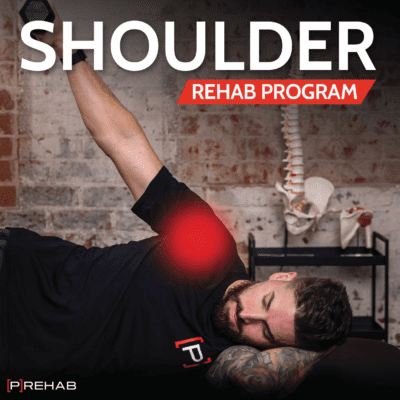
References
- Frank RM, Cotter EJ, Leroux TS, Romeo AA. Acromioclavicular Joint Injuries: Evidence-based Treatment. J Am Acad Orthop Surg. 2019 Sep 1;27(17):e775-e788. doi: 10.5435/JAAOS-D-17-00105. PMID: 31008872.
- Kiel J, Taqi M, Kaiser K. Acromioclavicular Joint Injury. [Updated 2022 Sep 24]. In: StatPearls [Internet]. Treasure Island (FL): StatPearls Publishing; 2024 Jan-. Available from: https://www.ncbi.nlm.nih.gov/books/NBK493188/
- LeVasseur MR, Mancini MR, Berthold DP, Cusano A, McCann GP, Cote MP, Gomlinski G, Mazzocca AD. Acromioclavicular Joint Injuries: Effective Rehabilitation. Open Access J Sports Med. 2021 May 28;12:73-85. doi: 10.2147/OAJSM.S244283. PMID: 34093044; PMCID: PMC8169819.
- Saccomanno MF, DE Ieso C, Milano G. Acromioclavicular joint instability: anatomy, biomechanics and evaluation. Joints. 2014 Jul 8;2(2):87-92. doi: 10.11138/jts/2014.2.2.087. PMID: 25606549; PMCID: PMC4295671.
About the Author
John Schaefer
PT, DPT, CSCS
[P]rehab Writer & Content Creator
 John is a native of Rochester, MN and a double graduate of Saint Louis University, where he studied marketing and exercise science before earning his DPT.
John is a native of Rochester, MN and a double graduate of Saint Louis University, where he studied marketing and exercise science before earning his DPT.
Always up for an adventure, John traveled to Boston following graduation to intern at Champion PT and Performance. There he was able to work with high-level high school, college, and professional athletes. Following this experience, he headed south to pursue orthopedic residency training in Houston, TX at Harris Health System, working with a largely underserved and non-English speaking population.
John’s treatment philosophy hinges on empowering movement through extensive education and easy-to-replicate exercises, as well as meeting patients where they are. This perspective is shaped by his personal experiences, including five broken bones and two surgeries, during a multi-sport childhood filled with lots of activity and adventure.
Outside of work, you can find John cycling, attending concerts/festivals, hiking, and traveling!
Disclaimer – The content here is designed for information & education purposes only and is not intended for medical advice.
About the author : John Schaefer PT, DPT, OCS, CSCS
Related posts
Get Proactive with Prehab
- ✔ Zero wait times, no hidden fees, no barriers to entry!
- ✔ Get out of pain, get stronger, and improve your mobility
- ✔ Access to easy-to-digest physical therapy education videos & resources to learn about your body in the palm of your hand
- ✔ Guidance from trusted Doctors of Physical Therapy
